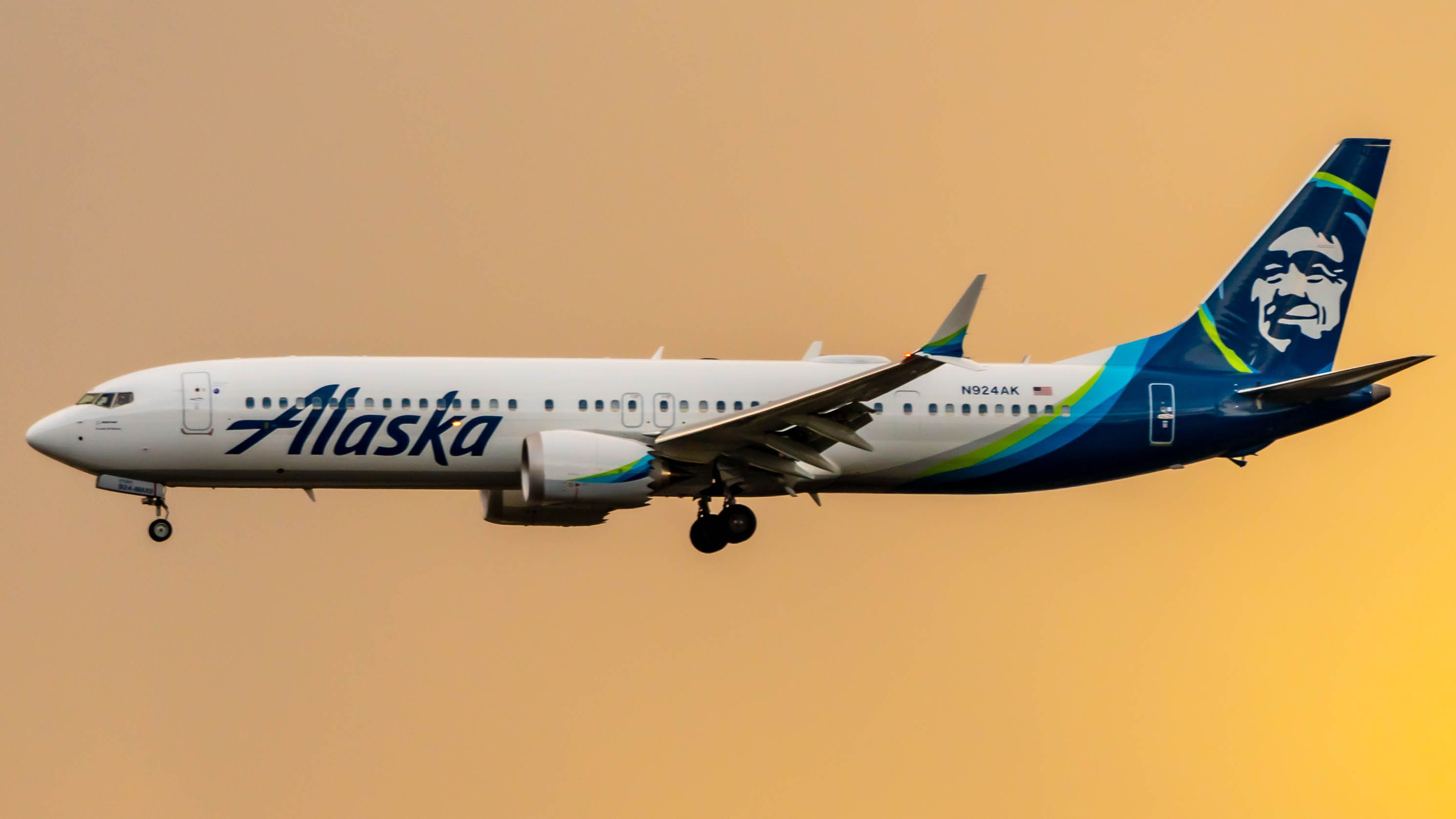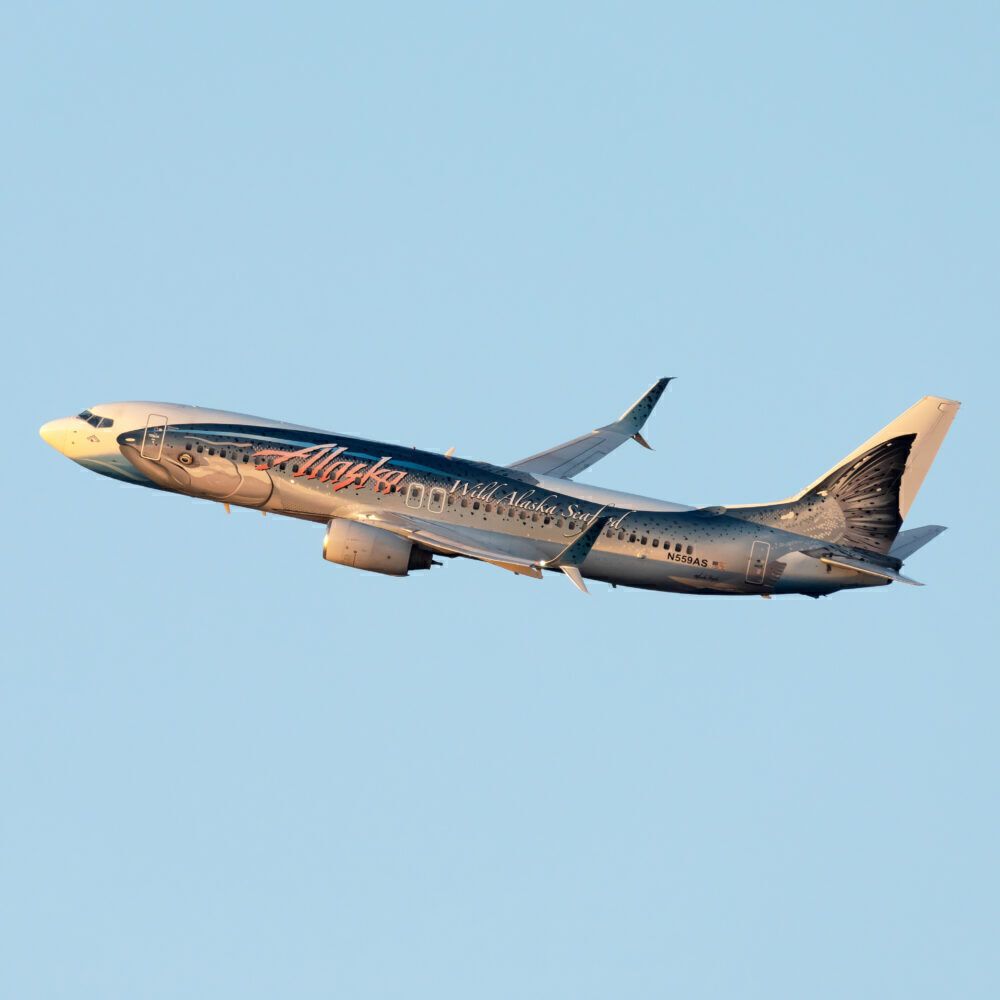When did the Alaska Airlines brand take flight? Well, officially, it was after the carrier had already been operating for a period of time via other names. Eventually, the Alaska Airlines nomenclature was adopted as we know it today. So, let's take a look at the carrier's journey to the brand we see flying in today’s skies.
First flights
The airline’s story begins with Linious "Mac" McGee, an Alaskan entrepreneur and aviation pioneer who wanted to serve Alaska’s remote villages by air. So, in 1931, he partnered with a fellow Alaska bush pilot named Harvey W. Barnhill, who agreed to invest in a three-seat Stinson airplane they purchased from Varney Airlines in San Francisco.
Varney was owned by the parent of United Airlines. With the aircraft in hand, McGee initially intended to operate flights supporting his fur-buying business while also venturing into the world of passenger service out of Anchorage. Their first chartered destination was Bristol Bay.
Get the latest aviation news straight to your inbox: Sign up for our newsletters today.
McGee flies solo
In 1932, Barnhill and McGee dissolved their partnership, leaving McGee with a two-aircraft fleet after the pair bought a second Stinson before going their separate ways. At about the same time, a mine owner named Wesley “Earl” Dunkle loaned money to a group of pilots to start a new operator called Star Air Service. In 1934, “Mac” McGee’s business was short on cash, so he sold it to Star Air Service, making it the largest Alaskan airline at the time.
An intriguing part of this business deal was McGee’s stipulation that he would be entitled to run the new company if he were paid on time. Sure enough, that’s exactly what happened, and he assumed management of the new air operator until he was fully paid.
A flurry of buyouts
The aeronautical wheeling and dealing didn’t stop there. In late 1934, McGee sold Star Air Service to a group led by one of his former pilots, who renamed it Star Air Lines.
The buyouts continued after that, with Star Air Lines (now operating as Alaska Star Airlines) purchasing several carriers, including Mirow Air Service, Pollack Airlines, Lavery Airways, and Alaska Airmotive in 1943. This conglomerate of airlines later became a new entity called Alaska Airlines.
Love aviation history? Discover more of our stories here.
A fleet in transition
Alaska Airlines' predecessors flew a variety of aircraft types. In the early days, “Mac” McGee focused on having an all-Stinson fleet and saw the benefit of maintaining a fleet of the same aircraft. In fact, he pioneered a type of operating mindset for parts to be interchangeable. McGee had accrued seven Stinsons by the time he sold his business to Star Air Service, which operated the Fleet biplane.
However, every merger with other air carriers created opportunities for an infusion of different airplanes into the evolving business. Once Alaska Airlines formed, it began to fly a variety of aircraft, such as the Lockheed Model 18 Lodestar, its first multi-engine aircraft.
After World War II, the airline purchased Douglas DC-3s, Douglas DC-4s, and Curtiss-Wright C-46 Commandos. An interesting point of trivia is that Alaska Airlines was the first carrier certified to operate DC-3s on skis.
Alaska Airlines became the first commercial carrier to fly the Lockheed Hercules and later transitioned into the jet age with the Convair 880. In the mid-1960s, the Boeing 727 became a staple of its growing fleet and remained its signature aircraft for 25 years. Today, the carrier operates a fleet of Boeing 737 and A320 jets covering a vast network of destinations that “Mac” McGee would have surely loved flying to.
Continuing to evolve
It has now been 92 years since the foundation of what would become Alaska Airlines. As its name suggests, the airline is rooted in Alaska. However, the largest state in the US isn't the home of the carrier anymore. Despite still holding a strong presence in Alaska, the airline is now based in Seattle, Washington.
It has been situated there for around seven decades. All in all, the company grew too big to remain headquartered in Anchorage, so it negotiated a deal with Boeing to move south.
The relocation and name change are just two transformations in a long and fruitful growth story for Alaska Airlines. The oneworld carrier now has a robust domestic and international presence thanks to its ability to adapt over nearly a century.
What are your thoughts about the history of Alaska Airlines? What do you make of the carrier's overall story over the years? Let us know what you think of the airline and its journey in the comment section.




.jpeg)
